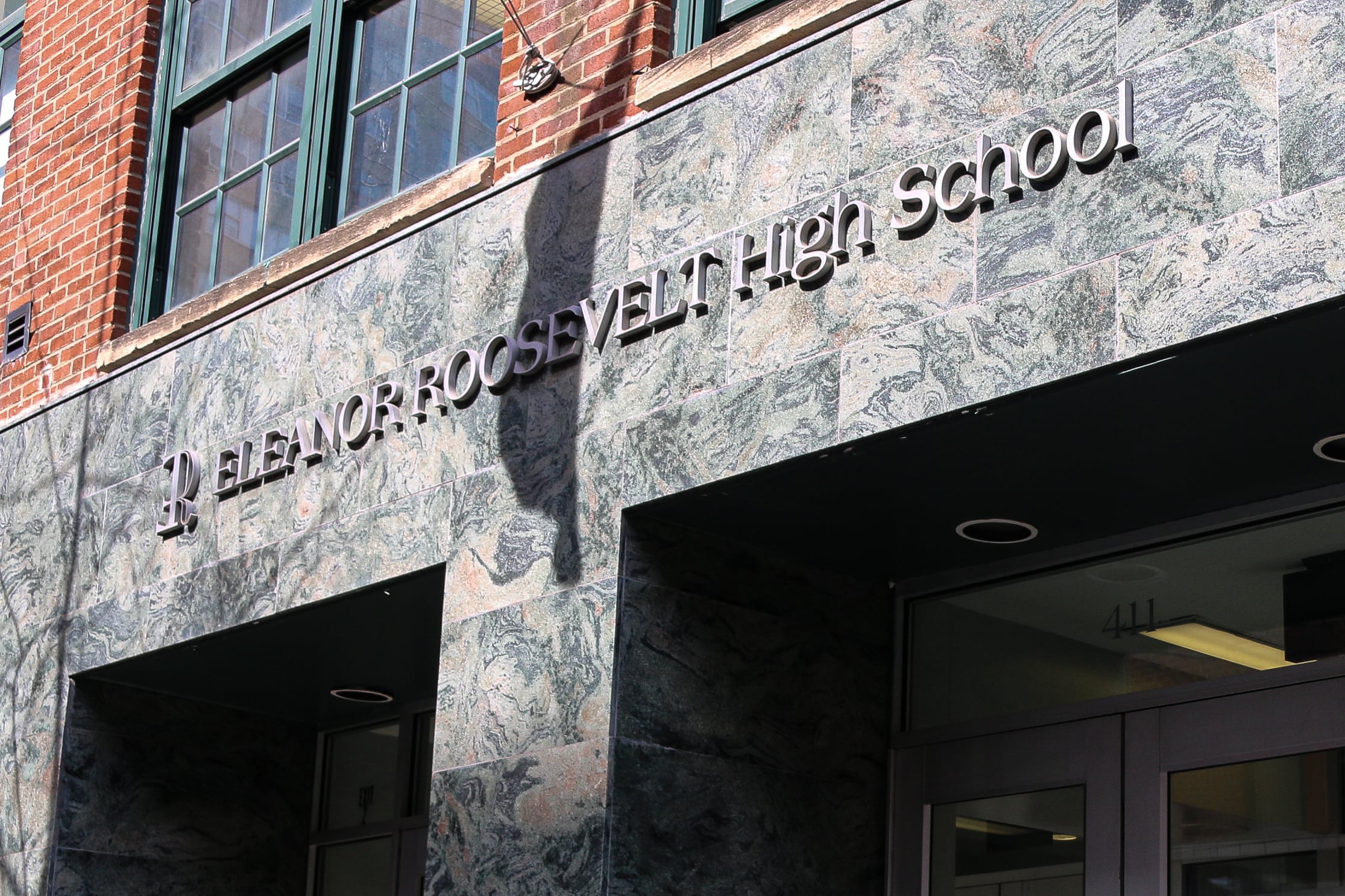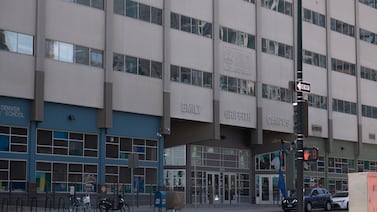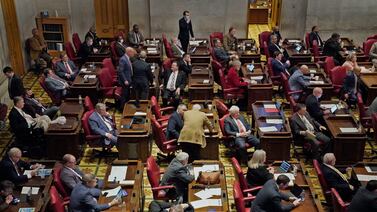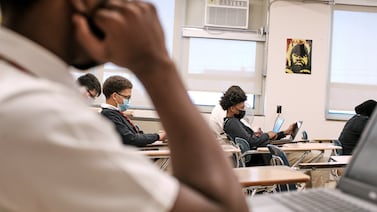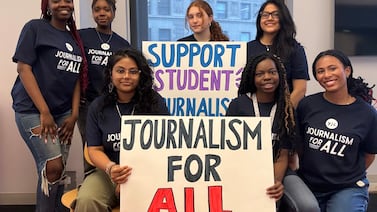In another topsy turvy admissions cycle this year, one thing seemed clear: New York City would do away with the last geographic priorities remaining for high school admissions.
After all, the elimination of admissions preferences based on where students live had been announced last year, and was printed in this year’s recently released admissions guide.
But now, Mayor Bill de Blasio says he is reconsidering removal of geographic screens — preferences given to students living in the same borough as a school or within a local attendance zone — saying final decisions on this year’s process “have not been made.”
“We are still reviewing all issues related to admissions,” he said at a press conference on Monday. “This is something we’re going to keep working on.”
A spokesperson for the education department put it more bluntly.
“We are reevaluating the policy to remove high school borough and zone priorities this admission cycle based on feedback we’ve received from school communities,” spokesperson Katie O’Hanlon wrote in an email.
New York City students must apply to middle schools and high schools, navigating a complicated process and competitive admissions requirements that are often blamed for cementing the city’s status as one of the most segregated school systems in the country.
While most high schools do not base admissions on where students live, some have managed to hold on to geographic priorities, which helped some neighborhoods keep access to local schools.
Amid the pandemic, city leaders said last winter that any geographical admissions priorities would be eliminated for students entering high school in 2022.
At the time, a city press release said the removal of geographic preferences “will expand opportunity and increase choice for all rising high school students.” It is also in line with recommendations made by a task force appointed by de Blasio to come up with proposals to spur more school diversity.
Removal of those screens started last year, when 48 high schools ended priorities given to students living within their school district.
That was supposed to be followed this year by the elimination of all other admissions preferences based on location. Currently, 27 high schools give priority to students living in a certain zone for some seats, and only one is zoned for all seats. In addition, 235 high schools offer a borough priority, according to figures shared by the education department.
De Blasio could try to run out the clock before making a final decision. A new mayor, Democrat Eric Adams, will be sworn in this January. In New York City, the mayor also leads the education department. A spokesperson for Adams did not return an email request for comment.


